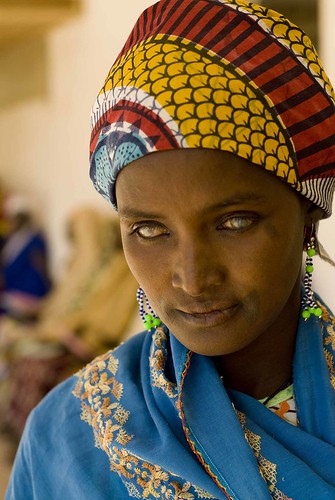Originally posted by Pelister
View Post
I don't see Coolski compromising on much at all.
You keep attacking him here. If you genuinely feel that way about him, why don't you raise all of your issues (with quotes) in a separate thread with him and lets see if your allegations hold water.








Comment